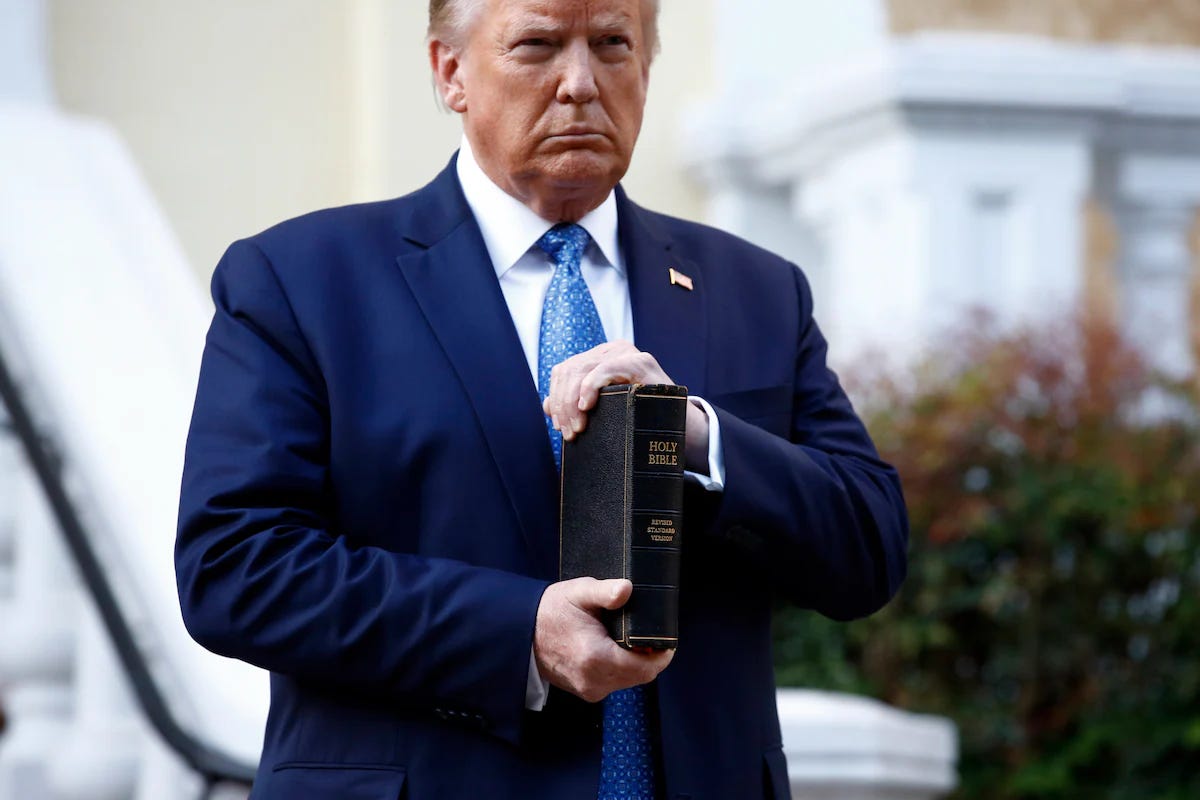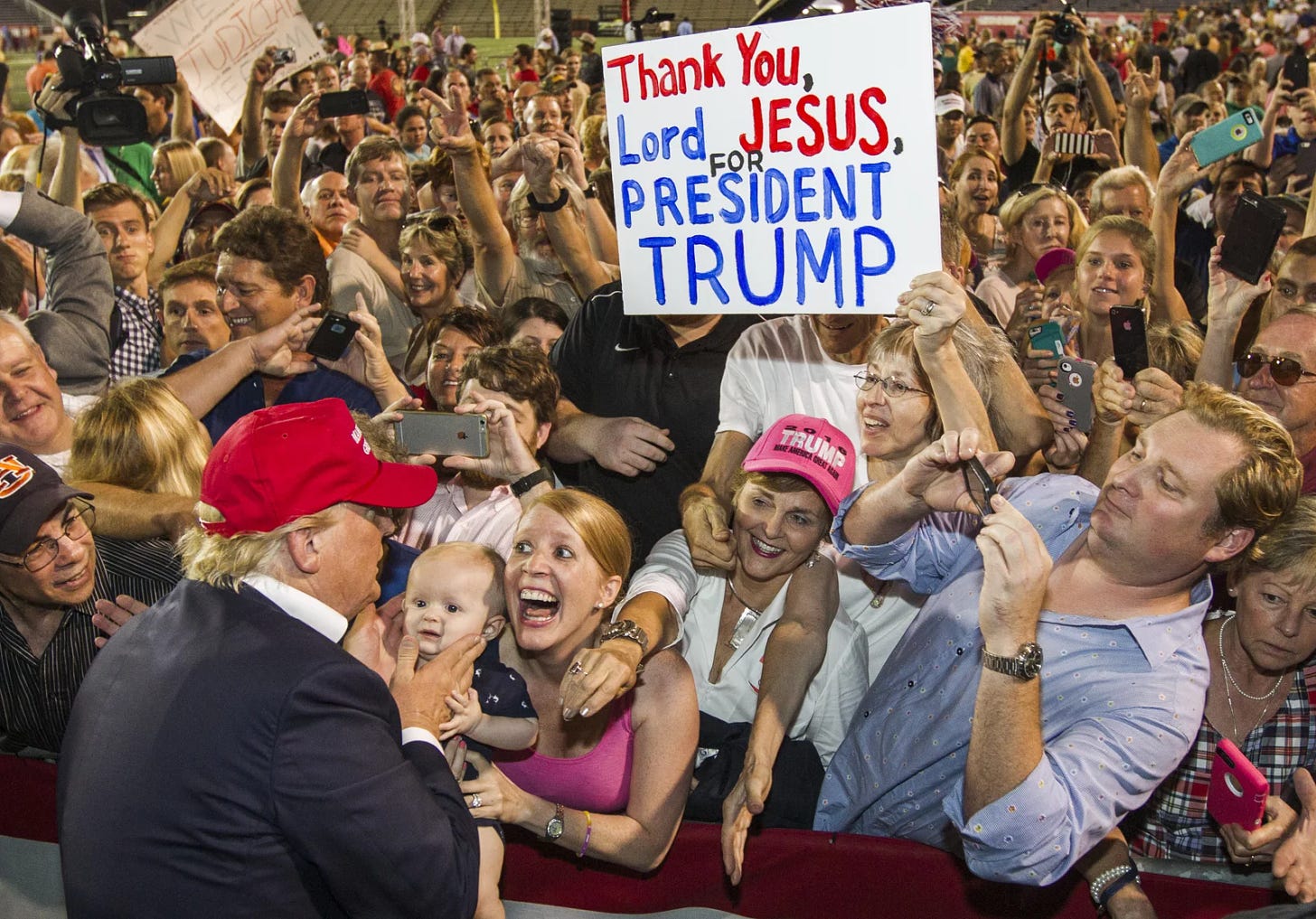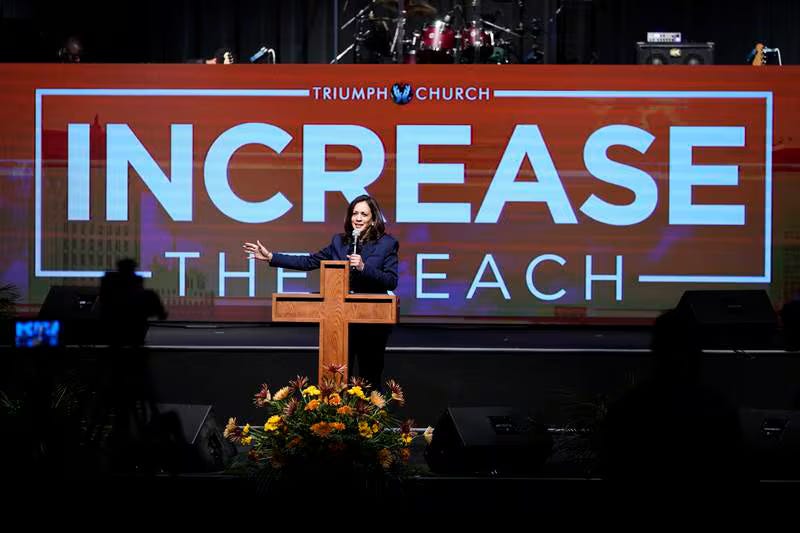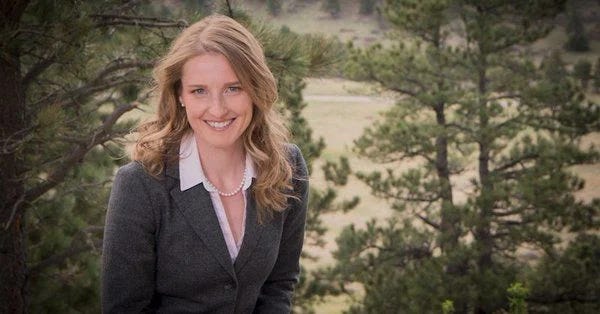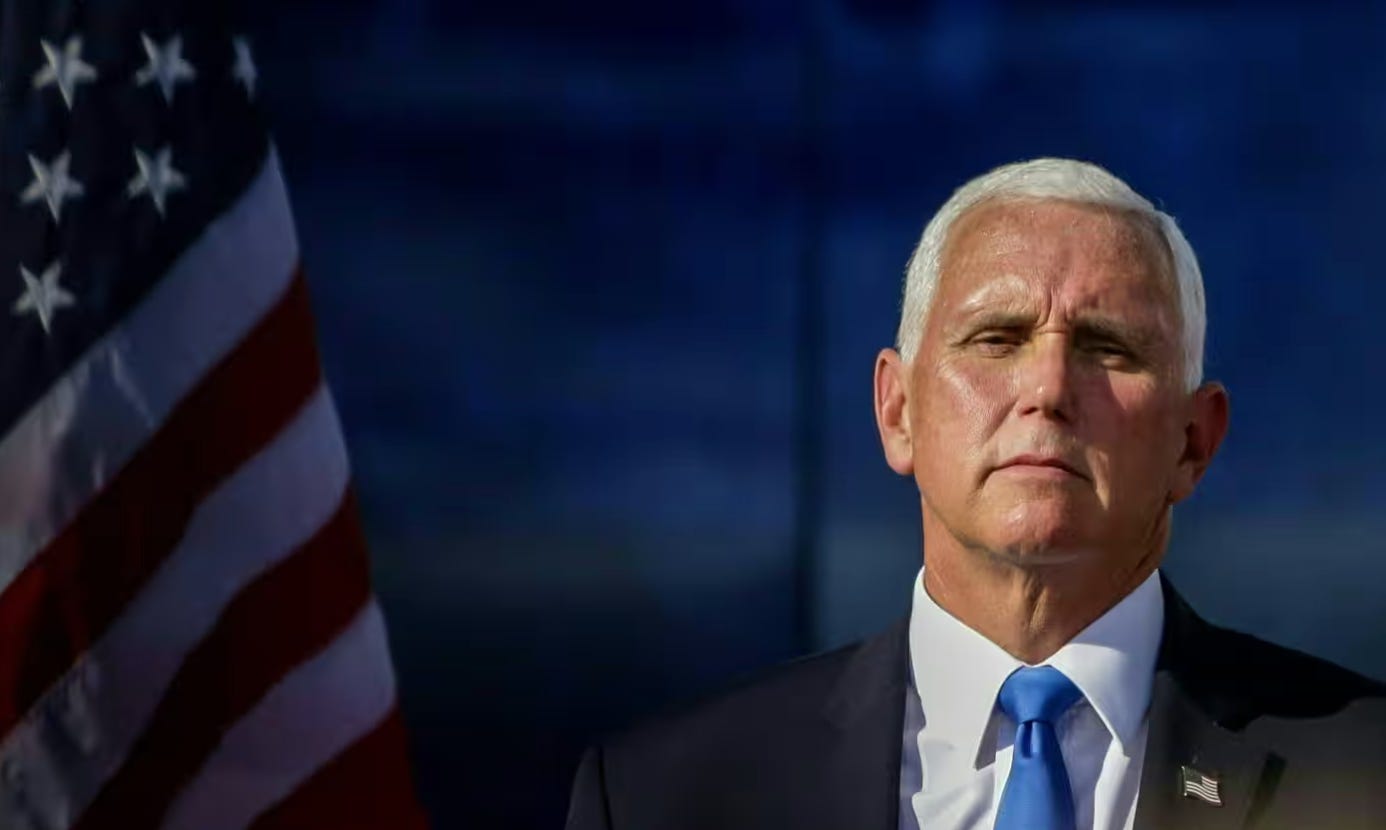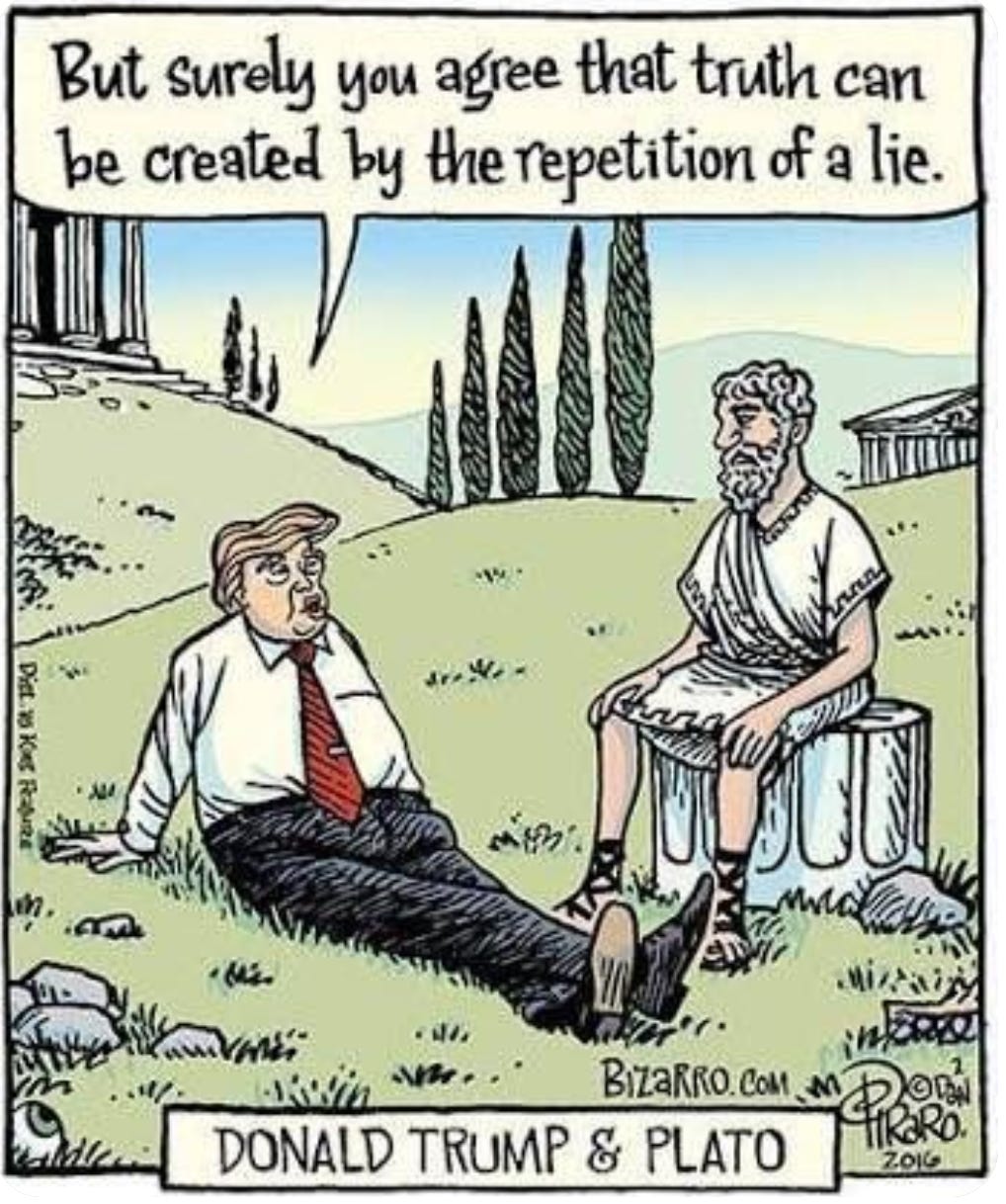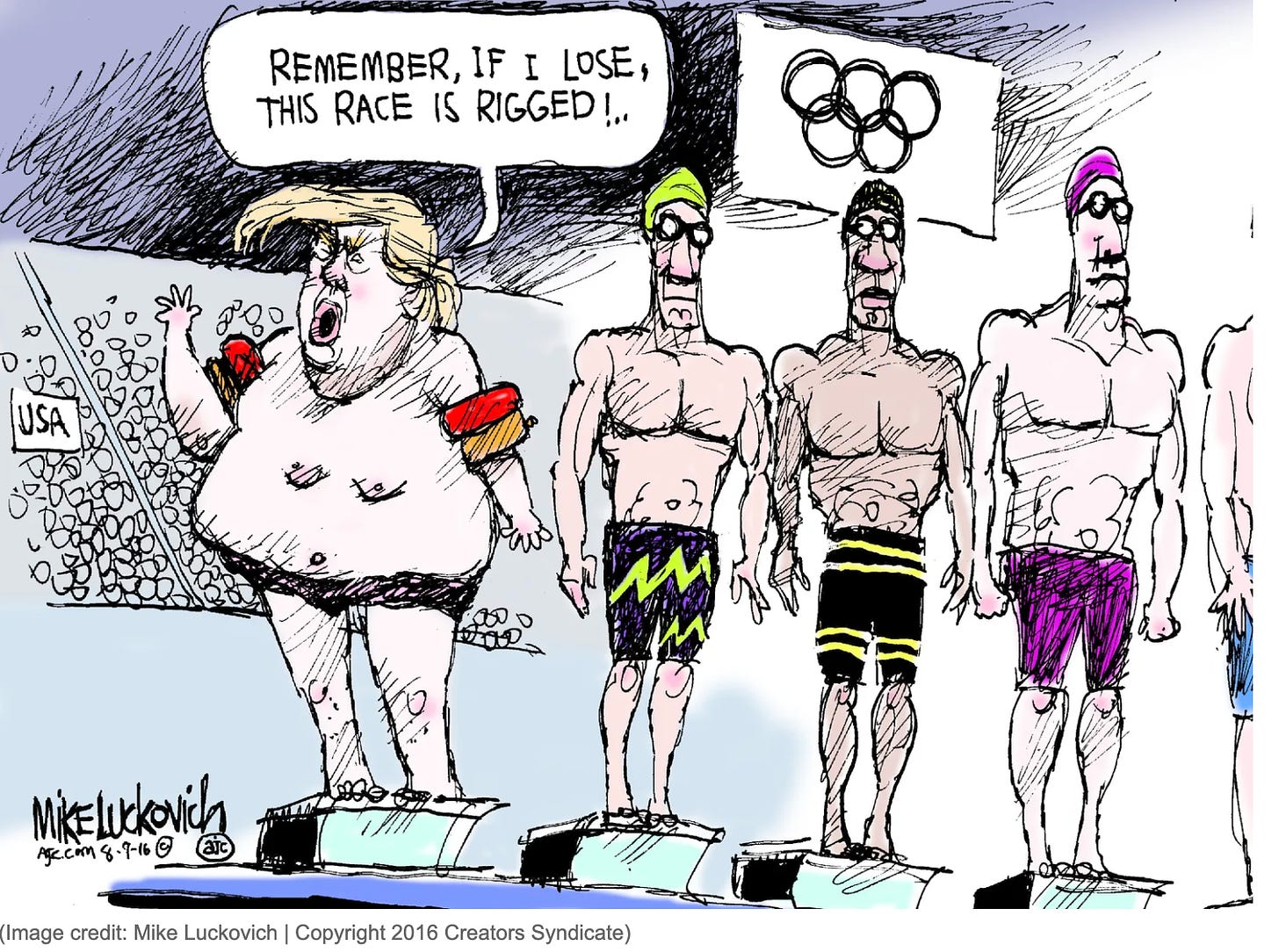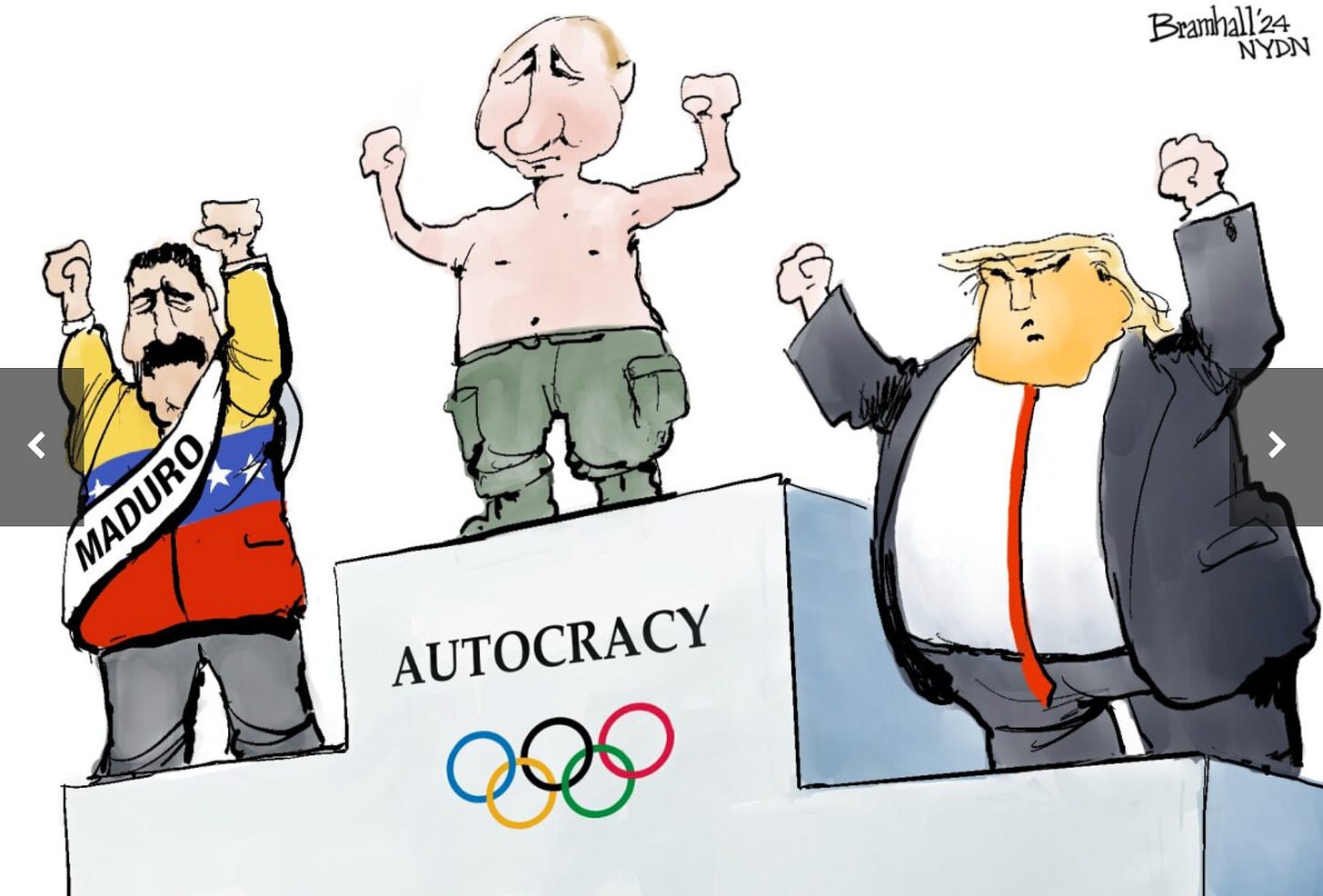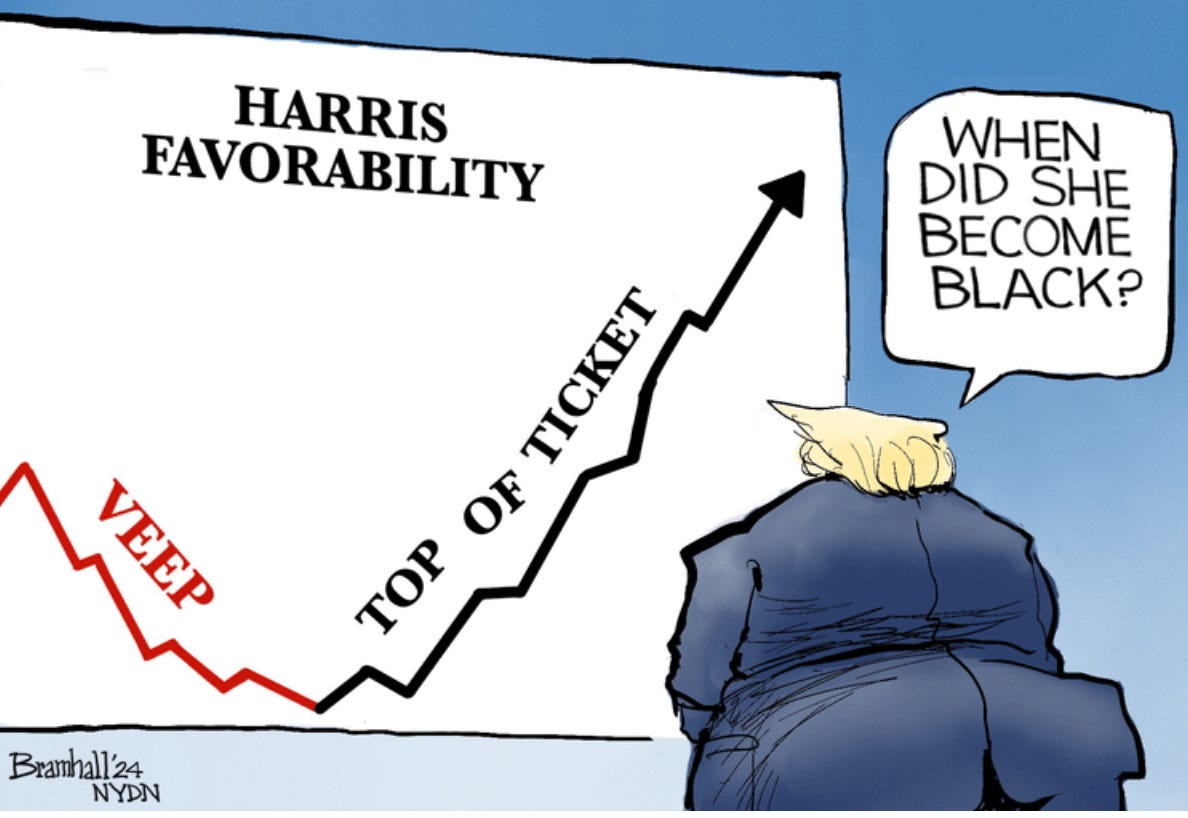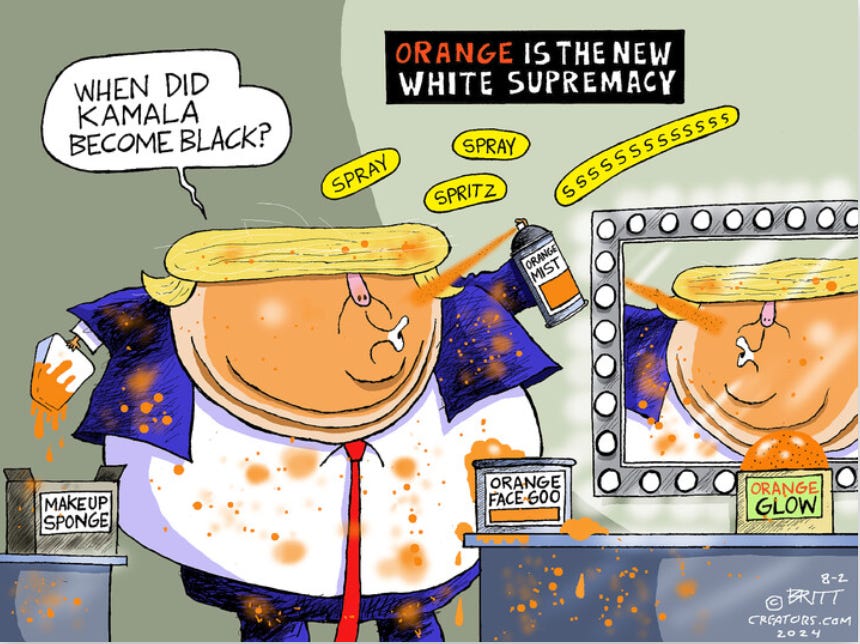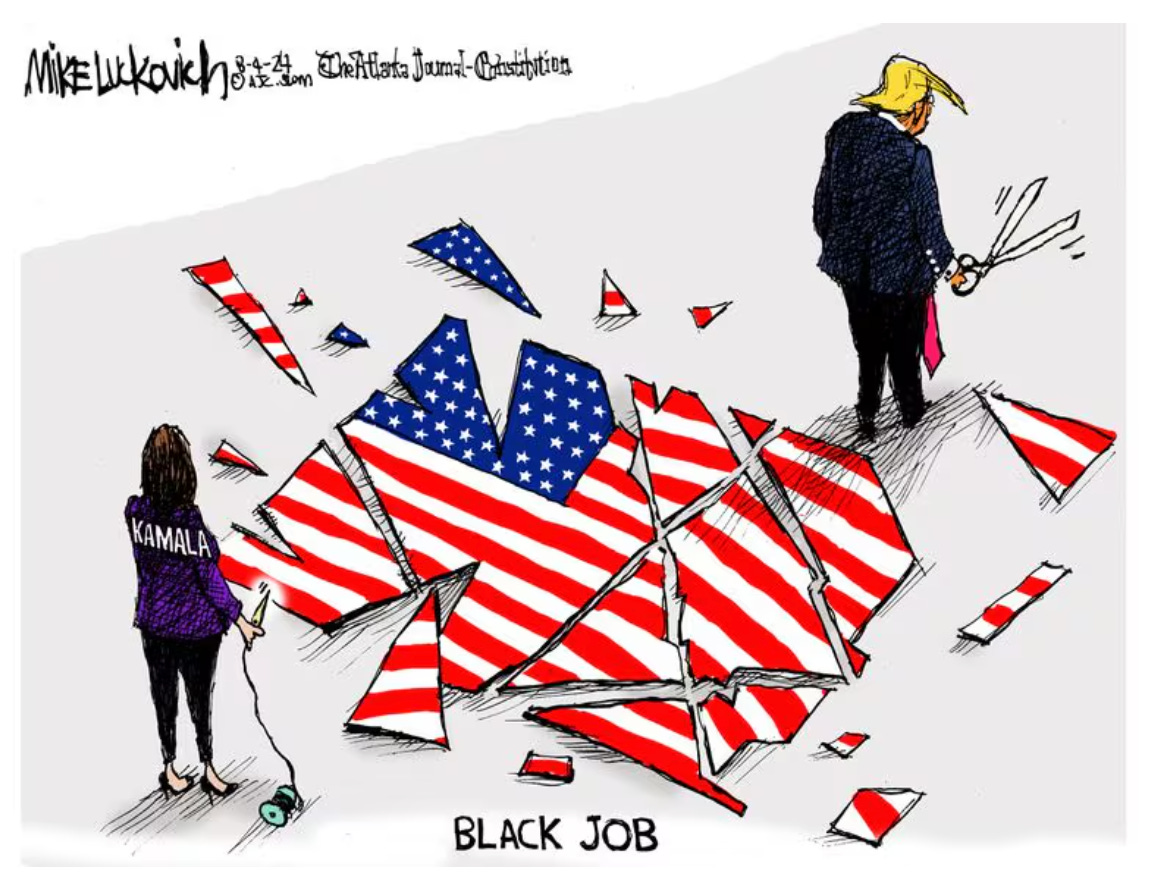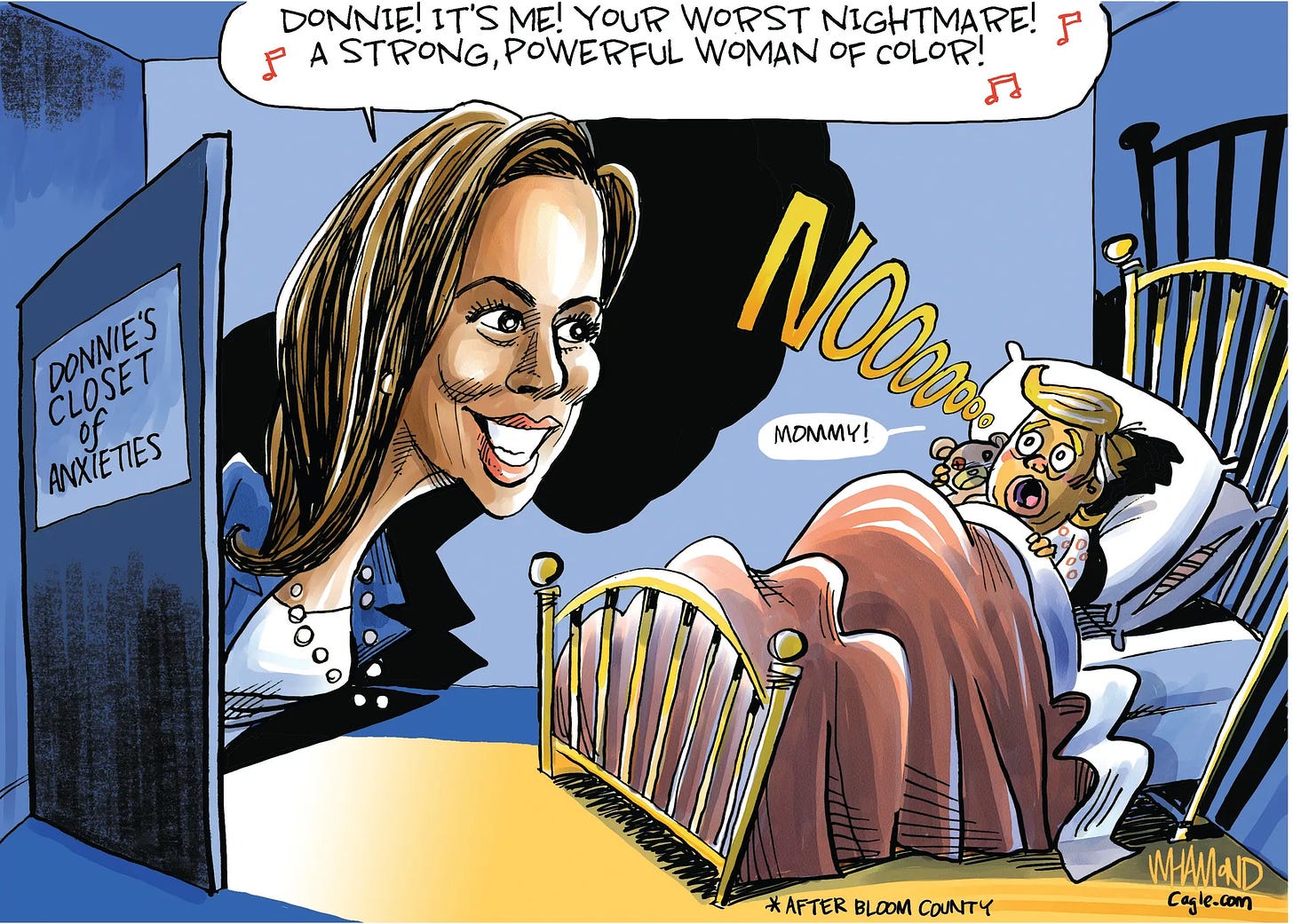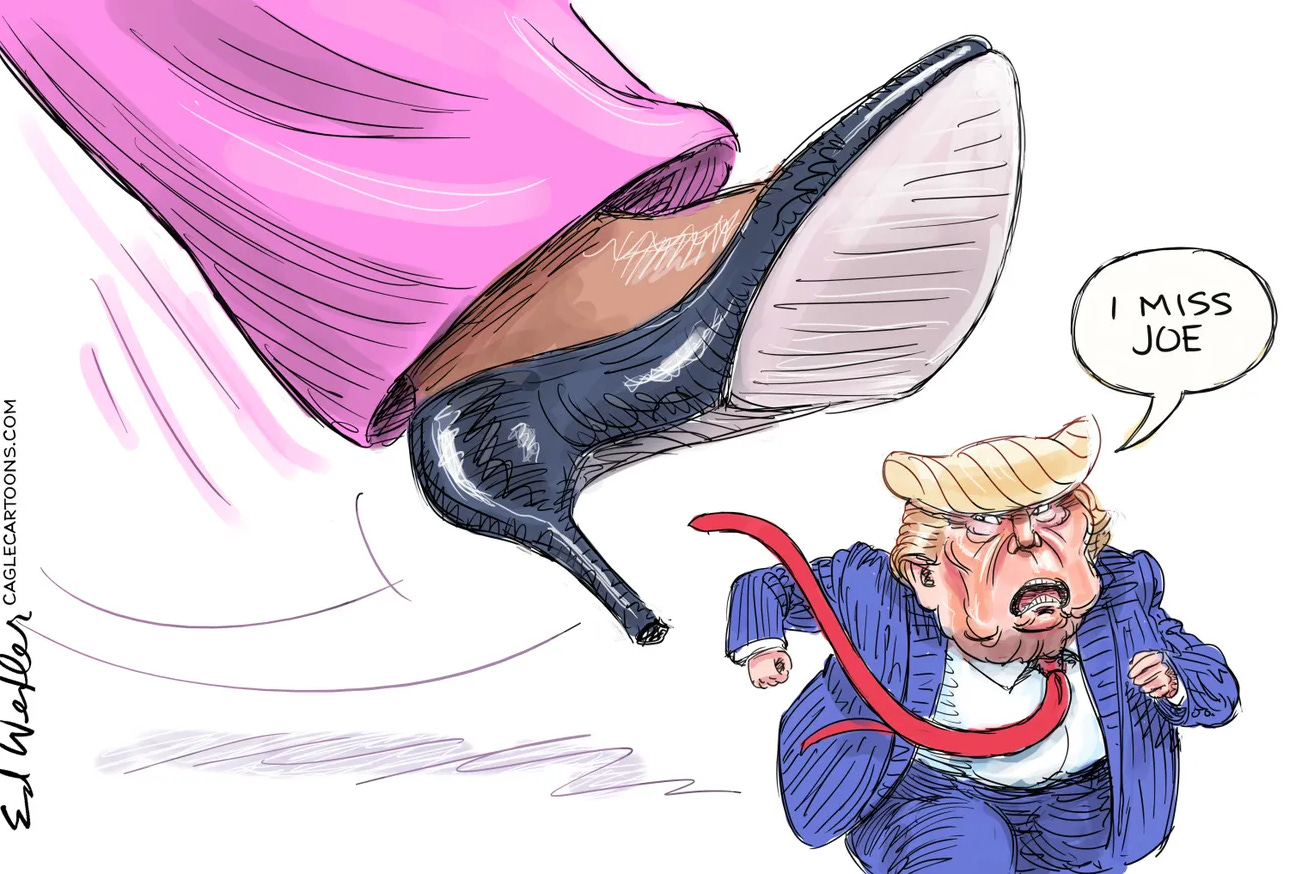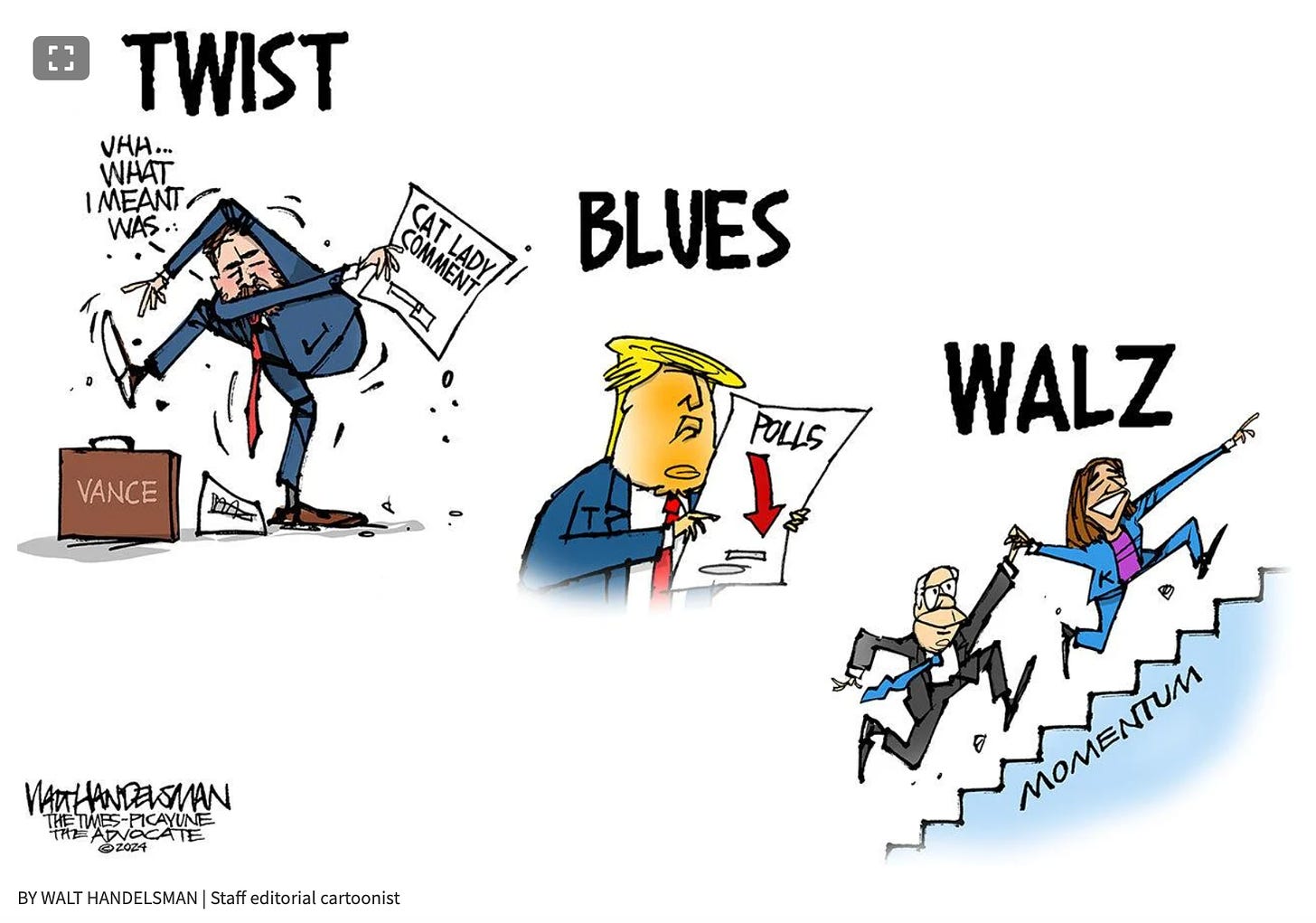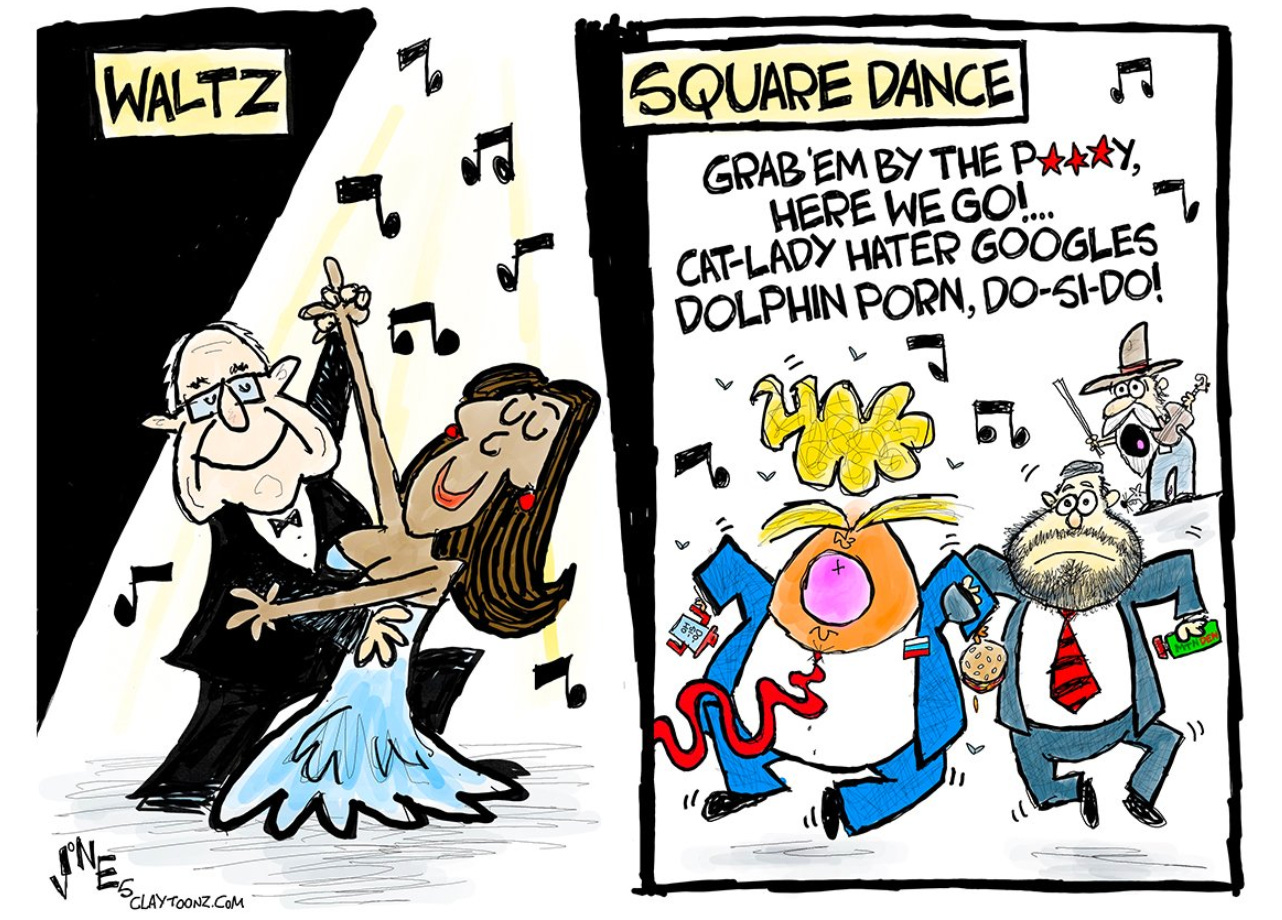Columbia faces a new year and the outlook isn’t good
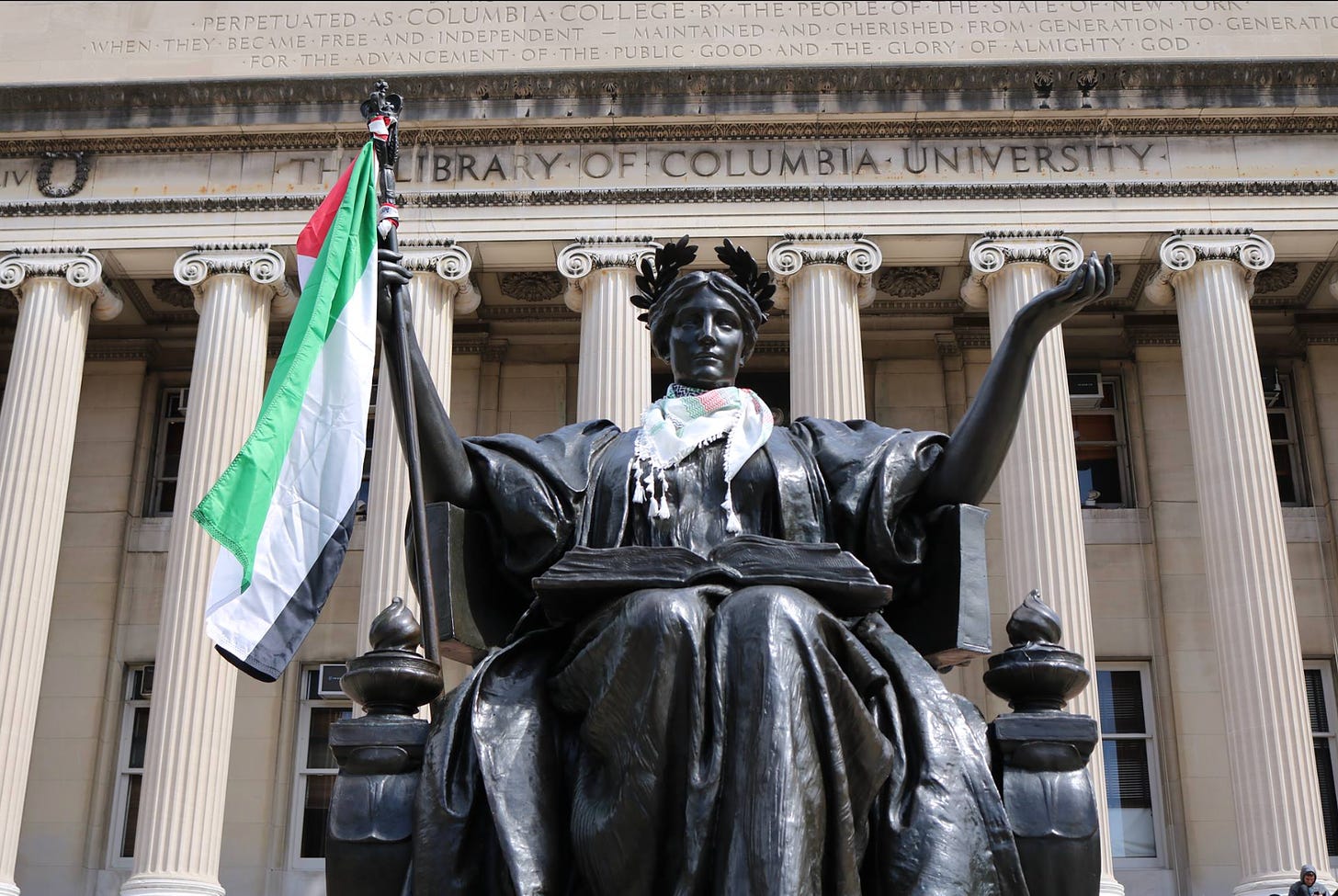
As the Vietnam War raged in 1968 and students occupying buildings at Columbia University set the tone for antiwar demonstrations across the country, some in the movement went a step further. “Bring the war home,” they demanded.
The idea: the Vietcong were in the right and the warmongering capitalist West needed to be brought down. These were not pacifists demanding an end to the bloodshed. These were would-be combatants, fifth columnists, taking a side.
Today, as some students and faculty celebrate the departure of Nemat “Minouche” Shafik as Columbia’s president and, presumably, plan new anti-Israel actions for the fall term, it seems they are determined to bring the Israel-Palestine war home. Consider the responses of a couple university groups suspended by the school in November 2023:
“After months of chanting ‘Minouche Shafik you can’t hide’ she finally got the memo,” the Columbia Students for Justice in Palestine group posted. “To be clear, any future president who does not pay heed to the Columbia student body’s overwhelming demand for divestment will end up exactly as President Shafik did.”
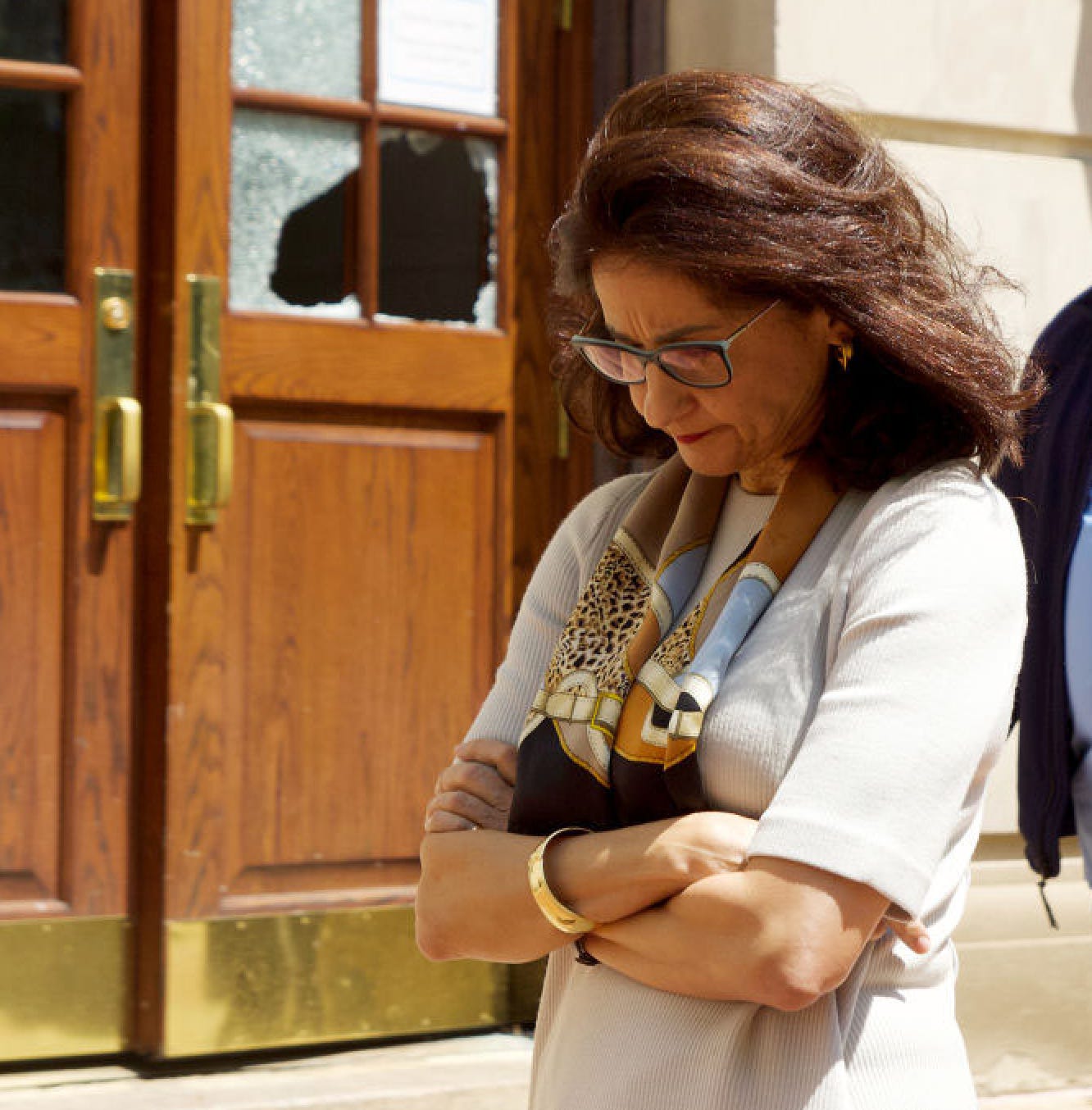
And, lest anyone doubt the “Students for Justice” group’s intent, its motto is “Long live Hind’s Hall, long live the student intifada, glory to our martyrs. Fighting until divestment, liberation & return.” Hind’s Hall is what occupiers of a campus building renamed Hamilton Hall in honor of a six-year-old Palestinian girl killed in the Gaza War.
The BC/CU Jewish Voice for Peace chimed in: “The students of Columbia will never forget the sheer violence unleashed upon us by Minouche Shafik, and we will not be placated by her removal as the university’s repression of the pro-Palestinian student movement continues.”
But make no mistake, as the naïve or deluded folks in the latter group do: the pro-Hamas forces on campuses will target Jews. As they did last spring, these ‘68 wannabes will vilify Jews who support Israel’s right to exist and defend herself — something embattled students on Columbia’s campus know all too well.
“For us, attending Columbia was a deliberate choice to engage in complex and even uncomfortable discourse with a diverse group of curious and passionate thinkers like ourselves,” three Jewish student leaders at the university wrote in a letter to the Columbia Spectator in July. “Unfortunately, we have found that many of our peers and professors in the ‘Free Palestine’ movement do not believe we have a right to be here. We know this because protesters on campus chanted at us, ‘We don’t want no Zionists here,’ told us ‘You have no culture,’ and threatened us to ‘Go back to Europe.’”
And, to be clear, for these protestors there is no difference between antisemitism and anti-Zionism, no matter how much some claim that. Last spring, they tipped their hands with shouts such as “We are all Hamas, pig!” Hamas exists to displace and murder Jews, as it did on Oct. 7. Chants such as “Yahoodim, yahoodi, f*ck you” gave the groups and their supporters away, too.
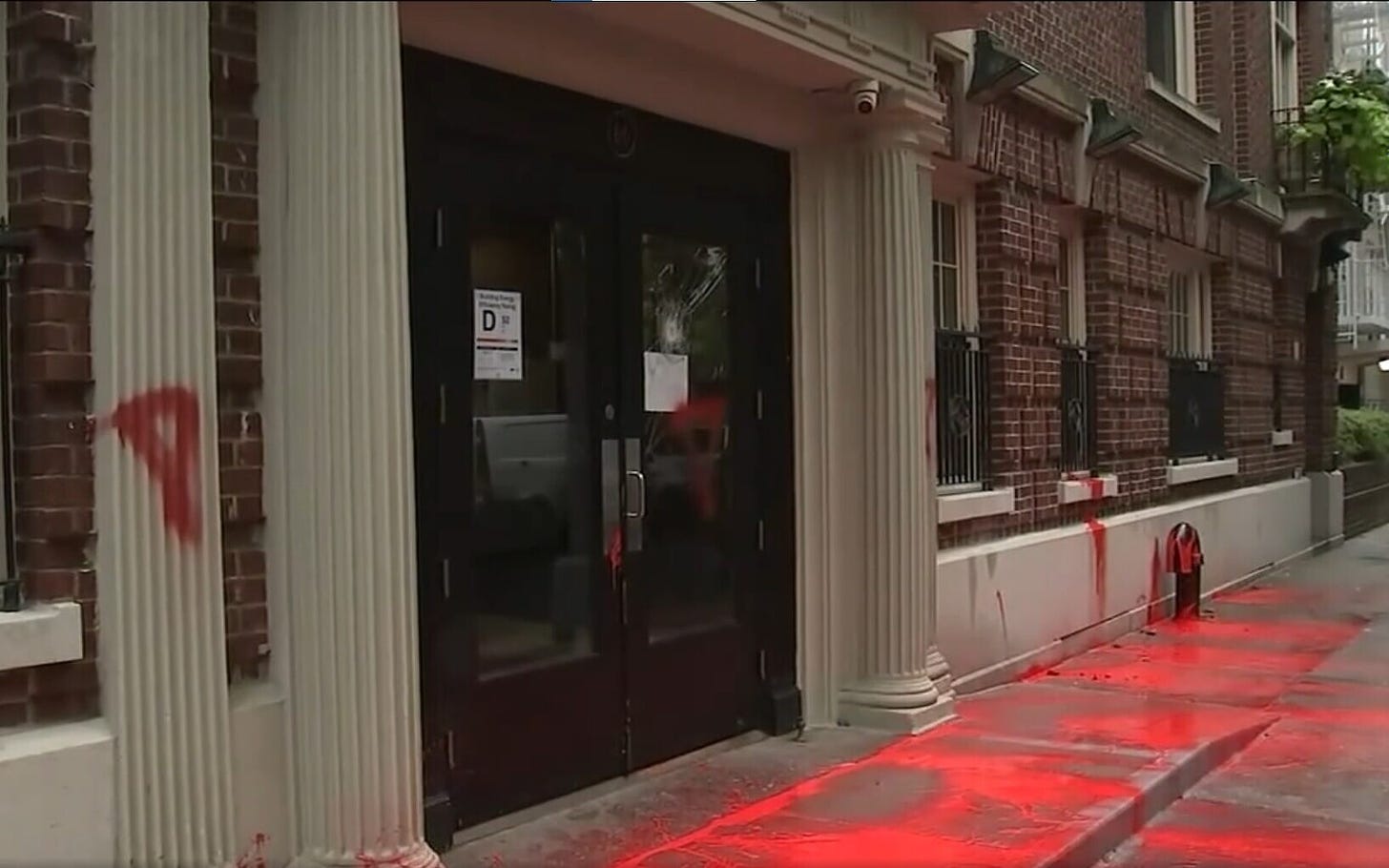
Just last week, the antisemites revealed themselves further by painting Nazi and Hamas symbols in red on a building in Brooklyn Heights where Columbia chief operating office Cas Holloway lives. As CBS News reported, the vandals also left a fake wanted poster with Holloway’s picture, accusing him of “crimes against Palestine, students and lack of morals.” Another poster said, “You signed off on police brutality. Now you want to expel us?”
Shafik isn’t the first casualty in pro-Palestinian efforts to bring the war home. At Harvard, Claudine Gay was felled in the wake of demonstrations there, and the University of Pennsylvania lost M. Elizabeth Magill as its chief after protests on its campus.
All three presidents were caught in a vise between politicians such as Rep. Elise Stefanik of New York, who thought them too soft on antisemitism, and faculty and others on their campuses who thought them too tough on protestors.
Stefanik, who had subjected several university heads to tough questioning in hearings about antisemitism on their campuses, crowed about Shafik’s departure and that of the others. “Three down, so many to go,” the GOP politician said.
Last April, Shafik twice asked New York City police to clear demonstrators from Columbia’s campus, drawing the ire of some faculty members. The Faculty of Arts and Sciences passed a vote of no confidence in her on May 16, after the Columbia chapter of the American Association of University Professors expressed concern about shared governance and academic freedom at the university, the Columbia Spectator reported. Less specifically, the University Senate in late April passed resolutions expressing concerns with administrative decision-making and disciplinary processes.

The roots of Columbia’s problems stretch deep into the university, which has been declining as a magnet for Jewish students. After peaking at about 40% of the student body in 1967, Columbia’s undergraduate Jewish population has shrunk to about 22.3%, according to Inside Higher Ed. The decline parallels the rise of Arabist studies at the university, which in 1954 established the Middle East Institute, a now-sprawling interdisciplinary group that has become a bastion of Arab scholars, including those at the Center for Palestine Studies. Funders to the MEI include the United Arab Emirates and Saudi sources. Students and faculty interested in Israel have no home at MEI, but instead have the far smaller Institute for Israel and Jewish Studies.
The antisemitic rot in some quarters of the university reached as high as four deans who, in puerile fashion, swapped disparaging text messages during a May forum about Jewish issues. The deans, responsible for undergraduate student affairs, sent biting messages as they reacted to speakers expressing concern about antisemitism during the two-hour event.

As the New York Times reported, one dean suggested that a Jewish speaker was playing up concerns for fund-raising purposes. Another sent vomit emojis in reaction to the mention of a college newspaper opinion piece written by one of the school’s rabbis. Shafik in June suspended three of them — Susan Chang-Kim, Cristen Kromm and Matthew Patashnick — and they recently quit, though a fourth dean, Josef Sorett, apologized and remains dean of Columbia College. Sorett formerly headed the Department of Religion and has the protections of tenure.
Shafik, an Egyptian-born Muslim, British baroness, member of the House of Lords and trained economist who took the Columbia post in July 2023, found it impossible to thread the needle between the university’s competing interest groups. “I have tried to navigate a path that upholds academic principles and treats everyone with fairness and compassion,” she wrote in a resignation letter. “It has been distressing—for the community, for me as president and on a personal level—to find myself, colleagues, and students the subject of threats and abuse.”
In an environment that couldn’t be more polarized, she sought to forge a common approach — with the result that the campus is facing a year of uncertainty and likely tumult. The get-tough interests at Columbia may have been cheered by her recent proposals to empower university law enforcement by adding “peace officers” who could arrest students.
But, with just three weeks to go before the beginning of school, little has come of suggestions she offered in July that action was on the way to forestall problems in the coming year. The university senate is “reviewing the rules” that govern conduct in protests, Shafik said in a July 24 “Update for Our Community.” She added that Columbia officials were “working hard to put in place more mechanisms for community consultation, more clarity about our rules going forward, more training on discrimination issues for everyone (staff, faculty, and students), better capacity to handle incidents and complaints, and stronger internal engagement and communications.”
Other schools, such as Penn, have taken stronger measures such as banning camping on campus. That temporary move is due to be reviewed by faculty in the coming school year.

To heal its woes as interim president, Columbia has turned to Dr. Katrina A. Armstrong, a primary care physician who is the chief executive officer of the Columbia University Irving Medical Center and dean of the faculties of health sciences. In a message of acceptance, she hit a few high notes, writing: “The habit of critical thinking and humility that gives birth to tolerance of contrary points of view is the most essential lesson taught in Columbia’s classrooms and the intellectual common ground that unifies the many scholarly pursuits found across our campuses.”
Enforcing that tolerance and fostering critical thinking among students and faculty members duped by the pro-Hamas forces will be a tall order. Indeed, it will likely take years — and probably the removal of more than just a few antisemitic deans — to bring some sense to Columbia. This year, surely, will be a pivotal one.

